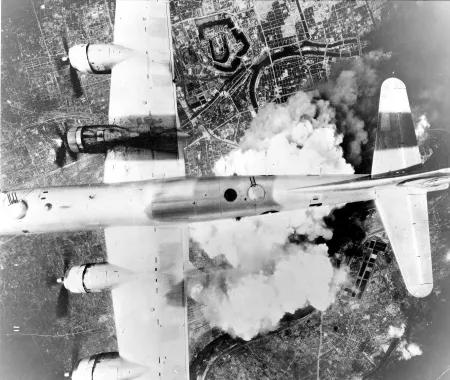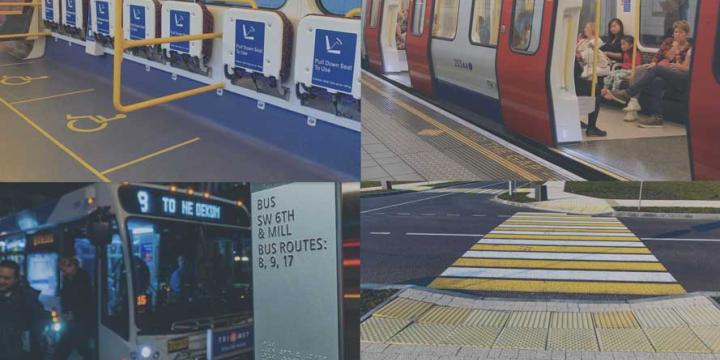Course Info
8 video lessons (64 Mins)
Published
2019-
4.36
Preview Course
Browse Course Chapters
-
1.Introduction
4 mins
-
2.After the War
2 mins
-
3.Toward the Future
5 mins
-
4.Destruction and Rebuilding
14 mins
-
5.Mid-Century Innovations in Planning Thought
16 mins
-
6.The City of the Car and Air Conditioning
14 mins
-
7.Mid-Century Failures and Urban Decline
4 mins
-
8.Dawn of the Neoliberal Age
3 mins
What You Will Learn
- Understand the evolution of contemporary city planning by comparing previous movements and the origins of modern urban design, social reform, policies, and politics.
- Identify key global shifts in the cultural, economic, political, and industrial relationships between and within cities.
- Recognize how city planning, as a discipline, emerged from the ideas of writers, politicians, architects, designers, and social reformers.
- Compare and contrast the ways that technology and innovations change cities and the way city planners must plan for cities, from cars, airplanes, and air conditioning to the use of computers.
- Critically evaluate how historical urban planning movements were successful but also where they failed.
- Recognize and assess the relationships between city planning, the economy, politics, and society to understand the way in which industrial innovation gave rise to revolutions and transformative social movements that link to the contemporary urban world.
Course Description
"History of City Planning 3: Midcentury Modern (1940-1979)" explores the central role of city planning in envisioning cities in the mid-20th century. World War II shattered cities and societies from London to Tokyo. In those areas untouched by the bombs, other massive transformations took place. American cities, for example, were reshaped by urban renewal and the older urban fabric destroyed by planners, not enemy firebombers. The war gave rise to new and bold visions for planning and, for some, an opportunity to make a better world. Ideas in philosophy and even science fiction (such as futurism) joined new ideas about city planning and new thinking about urban space. Planning began to move from strictly ‘rational’ to incorporate a human dimension and the grassroots planning movements that emerged as a response to the scale of modernism.
Join course instructor Jason Luger in this continuation of a series of urban planning courses focused on city planning and the history of urban planning. In this course, students will examine developments in the school of city planning and understand how city planning existed as an academic discipline and professional practice during this period.
Learn these skills
- History
- Housing
- Land Use
- Plan Making
- Transportation
- Urban Design
AICP CM
This course is approved for 1 AICP CM credit.
AIA CES
This is 1 LU.CNU-A
SACPLAN CPD
This course is approved for 1 SACPLAN CPD point.



























